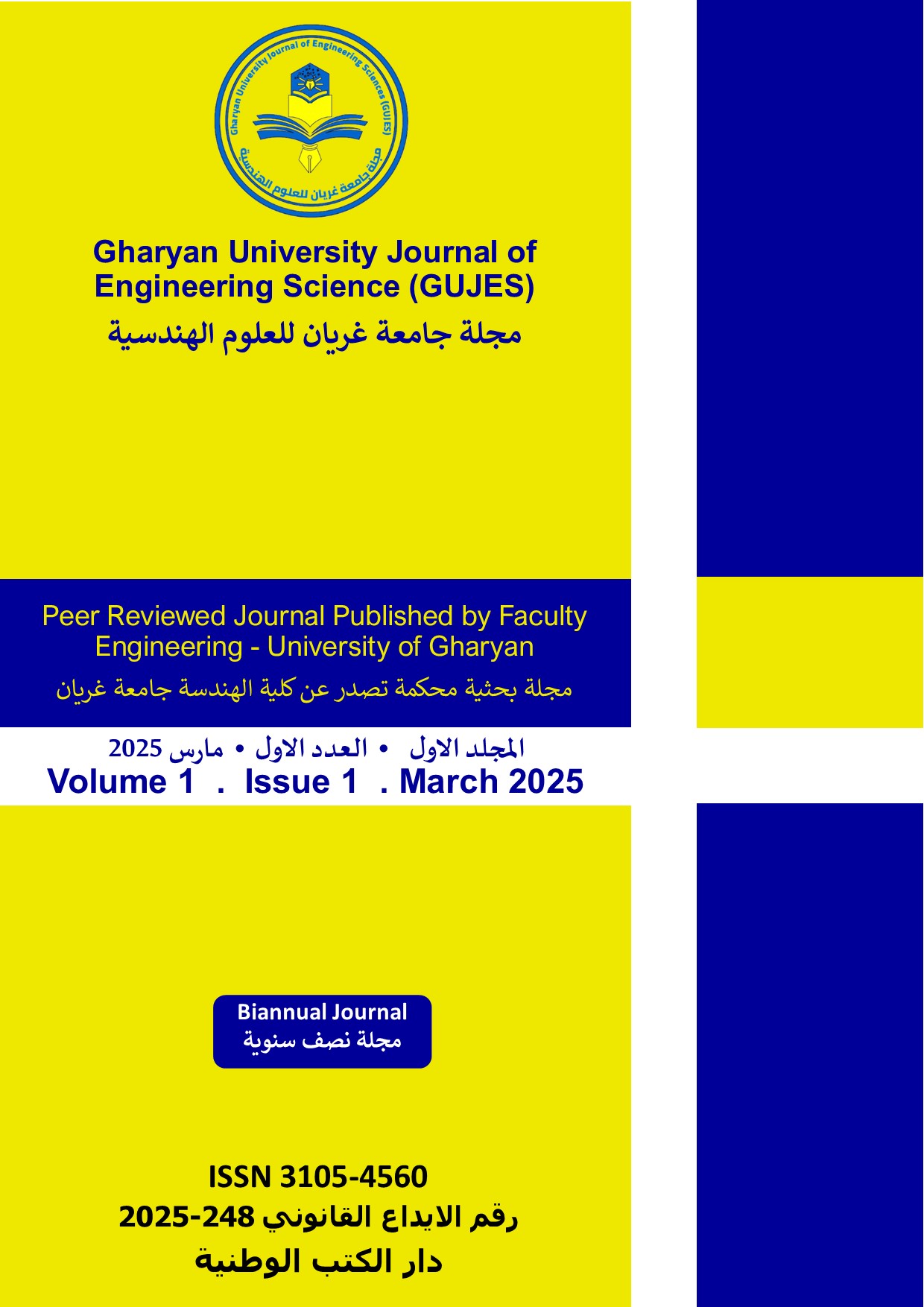Comparative Analysis of Soil Resistivity Measurements Using Wenner Four-Point Method: A Case Study in Sabratha, Libya
Abstract
Accurate soil resistivity measurements are essential for the effective design of grounding systems, particularly in environments where soil properties vary significantly with depth and environmental conditions. This study presents a comparative analysis of soil resistivity measurements using the Wenner four-point method at two test sites in Sabratha, Libya. Measurements were conducted using both Megger and Fluke instruments to evaluate data consistency and identify subsurface variability. Results show that while shallow-depth readings were consistent across devices, significant divergences occurred at greater depths due to heterogeneous soil layering. The analysis reveals a distinct variation in resistivity profiles across different locations and instruments, indicating layered soil structures and fluctuating conductivity due to environmental factors such as rainfall. Results from the Megger and Fluke instruments show consistency at shallow depths but diverge at greater depths, with Fluke detecting a steeper drop in resistivity, potentially signifying a deeper transition to more conductive layers. three-layer soil model derived through CDEGS simulation further validated field observations, indicating a highly resistive intermediate layer overlying a more conductive sublayer. These findings underscore the importance of multi-depth profiling and instrument selection in designing robust and safe earthing systems.







